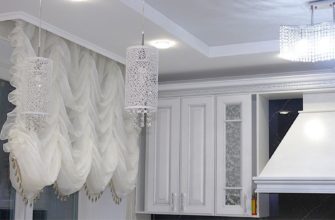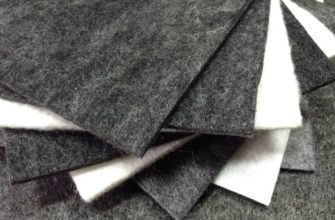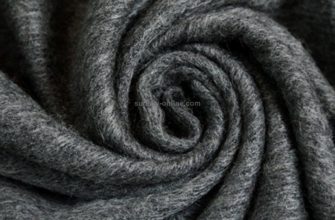Since ancient times, animal skins have been used to create clothing, as they warm well. Some mountain dwellers still use sheepskins to protect against freezing. Things made of real fur do not get wet and dry quickly. Therefore, they protect in different weather conditions.
- Technologies of natural fur dressing
- Soaking
- Fleshing
- Pickling
- Tanning
- Fat deposit
- Last processed
- Types of natural fur
- Seal
- Sea otter
- Otter
- Arctic fox
- Red fox and silver fox
- What kind of fur are sheepskin coats made of?
- Tuscany
- Merino
- Enterfino
- Kangaroo
- Marten
- Beaver
- How to distinguish popular types of fur
- Natural fur products labeling system
- How to choose and wear a fur coat made of natural fur
- How to wear
Technologies of natural fur dressing
Factory and hand-made skin processing are almost the same, but there are a few points in terms of work.
Soaking
The first stage of dressing is called soaking. As the name suggests, the essence lies in soaking the skins. This work is done to give the fur its natural lightness and elasticity, and to remove the skins from preservation. The process involves soaking the skin in water heated to a temperature of 40 °C and soaking it for up to four days, depending on the type of animal. For 10 kg of fur, 80 liters of water are used.
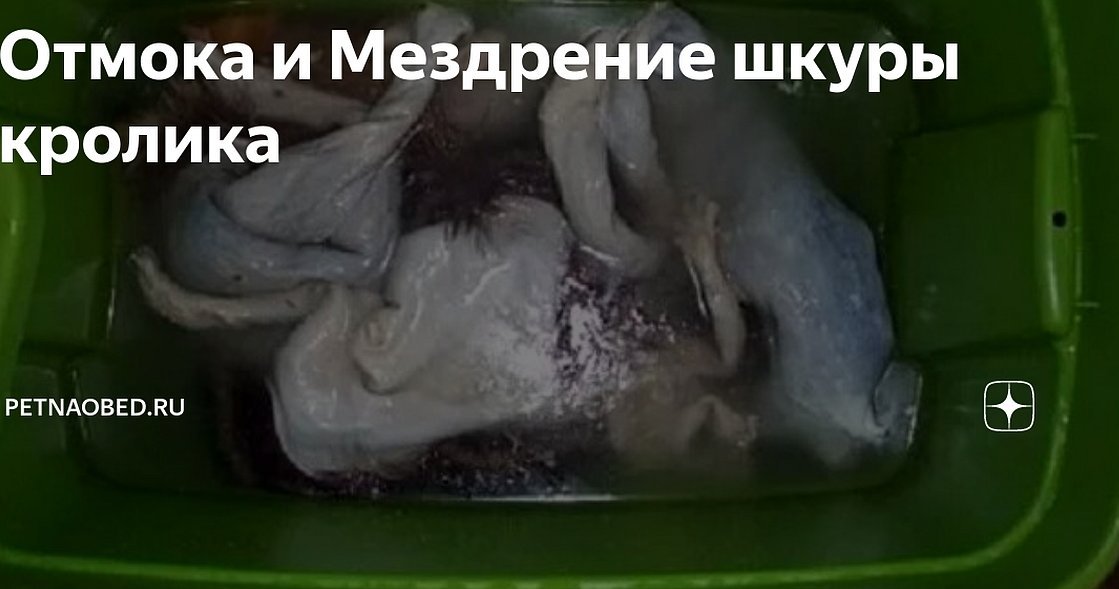
After 3 hours, the water should be changed, adding salt to the new solution, and the soaking procedure should be repeated, stirring the skins from time to time. After four days, they should be squeezed out using a mechanical press.
Fleshing
This procedure aims to remove all the pieces of meat and subcutaneous fat that remain from the carcass. The work is carried out on a special fleshing machine, the main mechanism of which is a stainless steel shaft with screw knives installed on it.
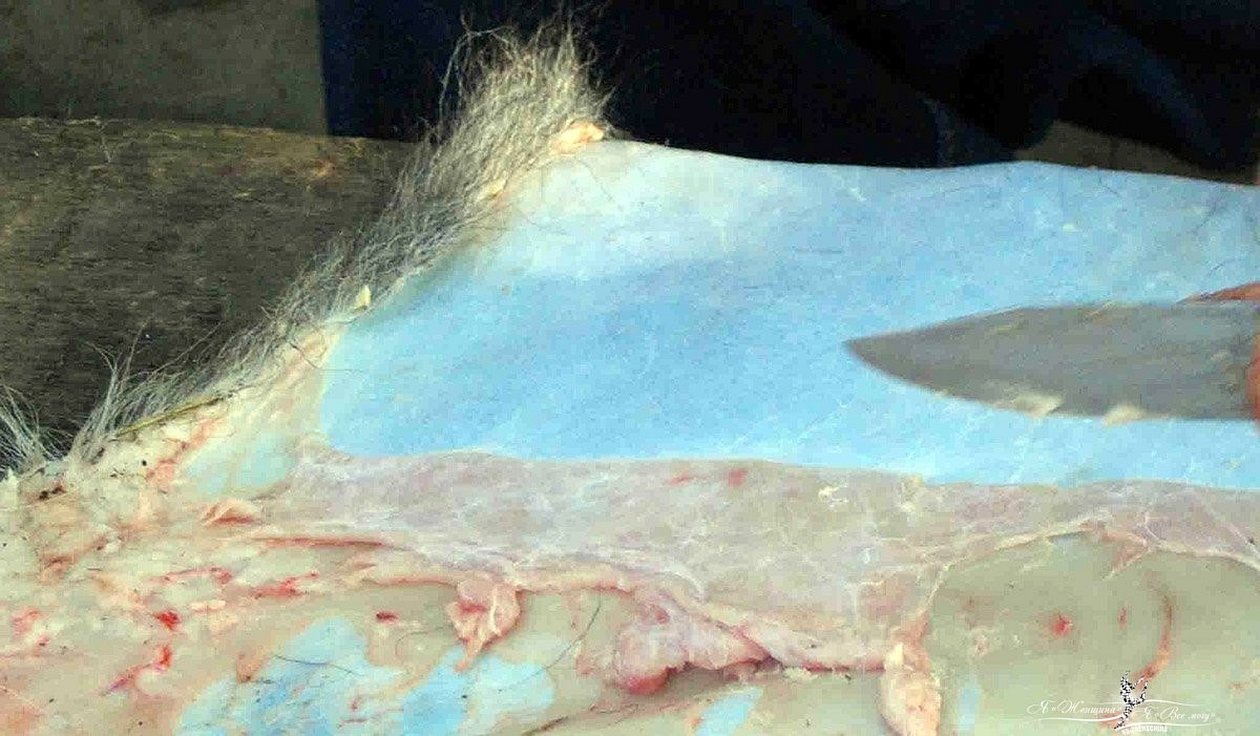
The material is placed so that the knives move from the ridge to the sides of the skin and from the tail to the neck.
Pickling
This stage is necessary to prevent the decomposition of the flesh side as an organic object, to soften the collagen compounds in the flesh side and to saturate the skin with the necessary acidity for the next process.

The procedure is performed in special acidic liquids with salt. The most popular composition is a solution of salt and sulfuric acid. The liquid is prepared in the ratio: 10 g of sulfuric acid and 50 g of table salt per 1 liter of water. The solution is heated to 50 °C. The soaking duration is from 7 hours to 4 days.
Tanning
After tanning, the skin becomes soft and elastic, it will not stretch or crack. A strong infusion of oak or willow bark can be used as a tanning agent (0.5 l of bark is added to 1 l of warm water). Mix everything, bring to a boil and cook for 20 minutes, then leave for a day. The infusion is strained through a bandage and the skin is covered with it, which is then dried.
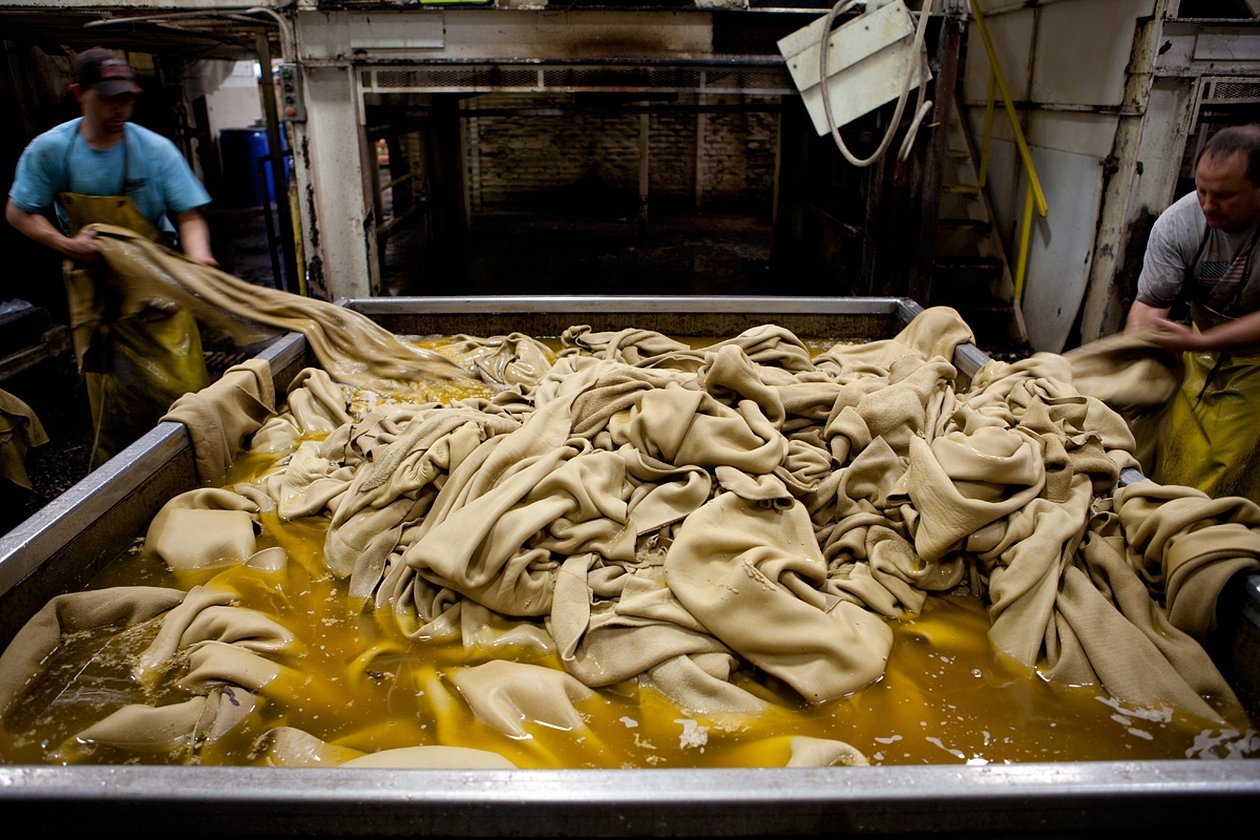
Fat deposit
A special solution is prepared for this stage. In 1 liter of water, dissolve 200 g of fish oil and 50 drops of ammonia, cool the essence and add half a liter of water. These components are mixed and carefully applied to the skin, but so as not to stain the item. Then the skins are dried at 25 °C.
Last processed
At the end, the fur coat is kneaded with pumice or fine sandpaper, working it along the flesh side from head to tail. At the end of the work, it is lifted and shaken.
For your information! After all the manipulations have been completed, the skin is completely dried for 24 hours, and it becomes ready for sewing the product.
Types of natural fur
What types of fur are there for fur coats and their characteristics.
Seal
Seal skins are very suitable for people who lead an active lifestyle. The fur is gray, smooth, soft to the touch, beautiful color. All these advantages give it uniqueness. In addition, it fits well on the figure. Seal skins are used to sew fur coats and to trim furniture (sofas, armchairs).
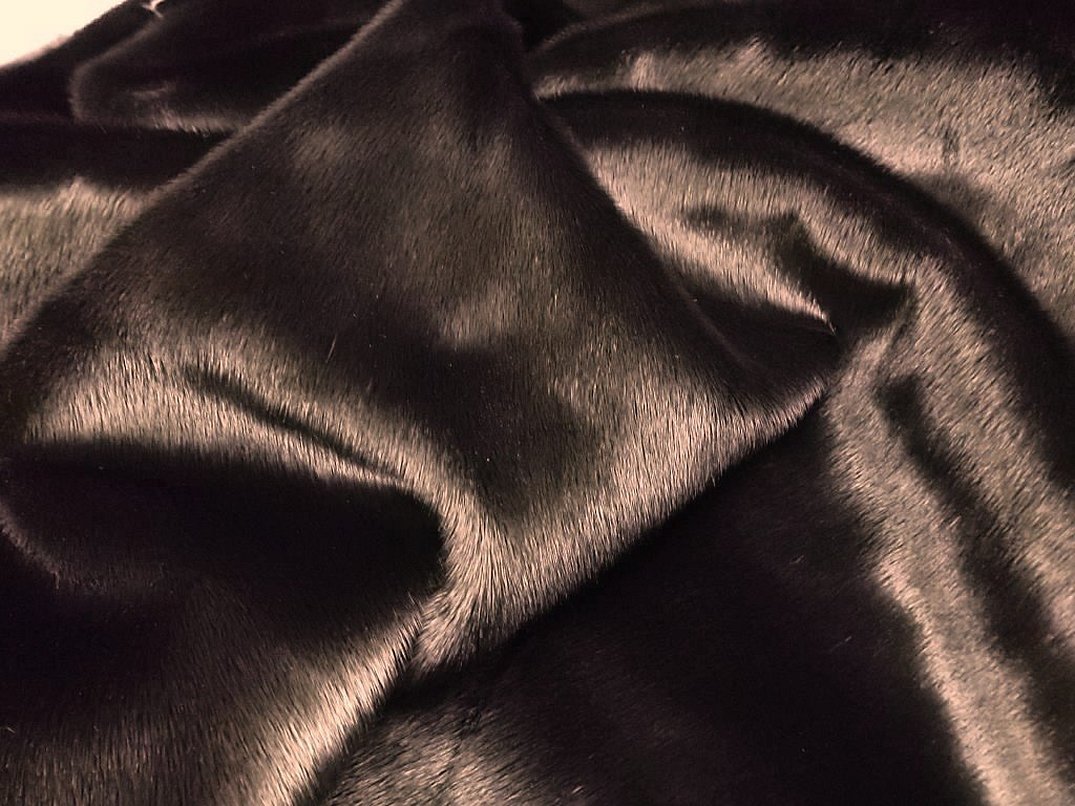
Sea otter
The natural fur of this animal has amazing properties. It is not very high, but very thick, soft, smooth. The hairs are of equal length - about 3 cm throughout the carcass. The density is quite high, due to which the skin does not get wet and does not let water through.
Otter
An expensive and rare type of fur. Since otters are very difficult to breed, the skins are mainly obtained by hunting.
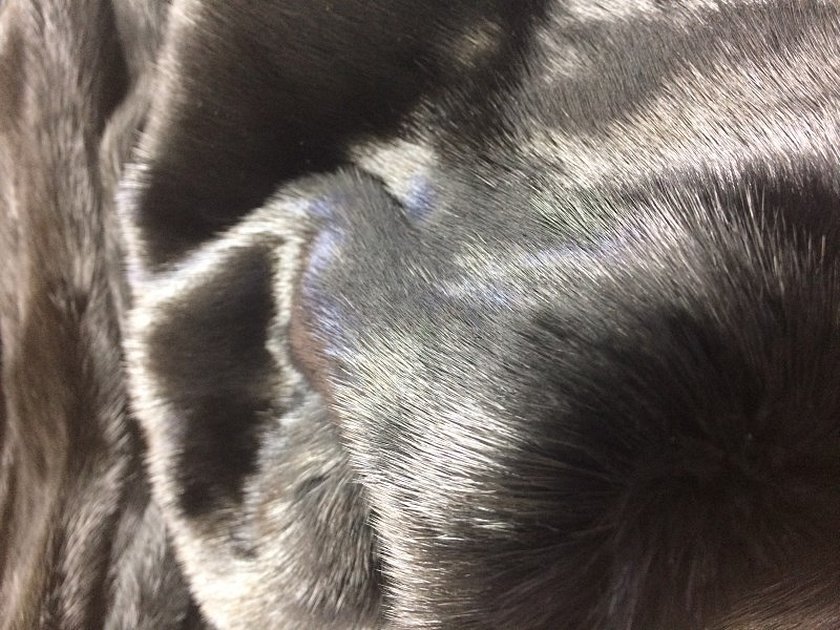
Arctic fox
The arctic fox has a variety of colors: from blue and light to silver and brown.
For your information! A fur coat made of arctic fox fur will have a high price. In the past, noblemen and merchants in Rus' bought such coats for their wives. Women's fur coats and headdresses made of this animal used to cost more than gold, so they were passed down by inheritance.
Arctic fox fur does not tolerate rough handling. Long hair and soft undercoat give volume. If you use straps or bags on the fur coat, it will quickly wear out. Therefore, it is better for car enthusiasts to refrain from wearing such a fur coat. It is well suited for easy walks in harsh winter.
Red fox and silver fox
A fox fur coat is not purchased for luxury, it should keep you warm in severe frosts. To be comfortable in winter, you need to choose such an expensive product correctly. The color range of this fur is very diverse: from bright black to silver or gray with a white tint. It has a three-color color. If the fur coat has a lot of white, it will be very expensive.
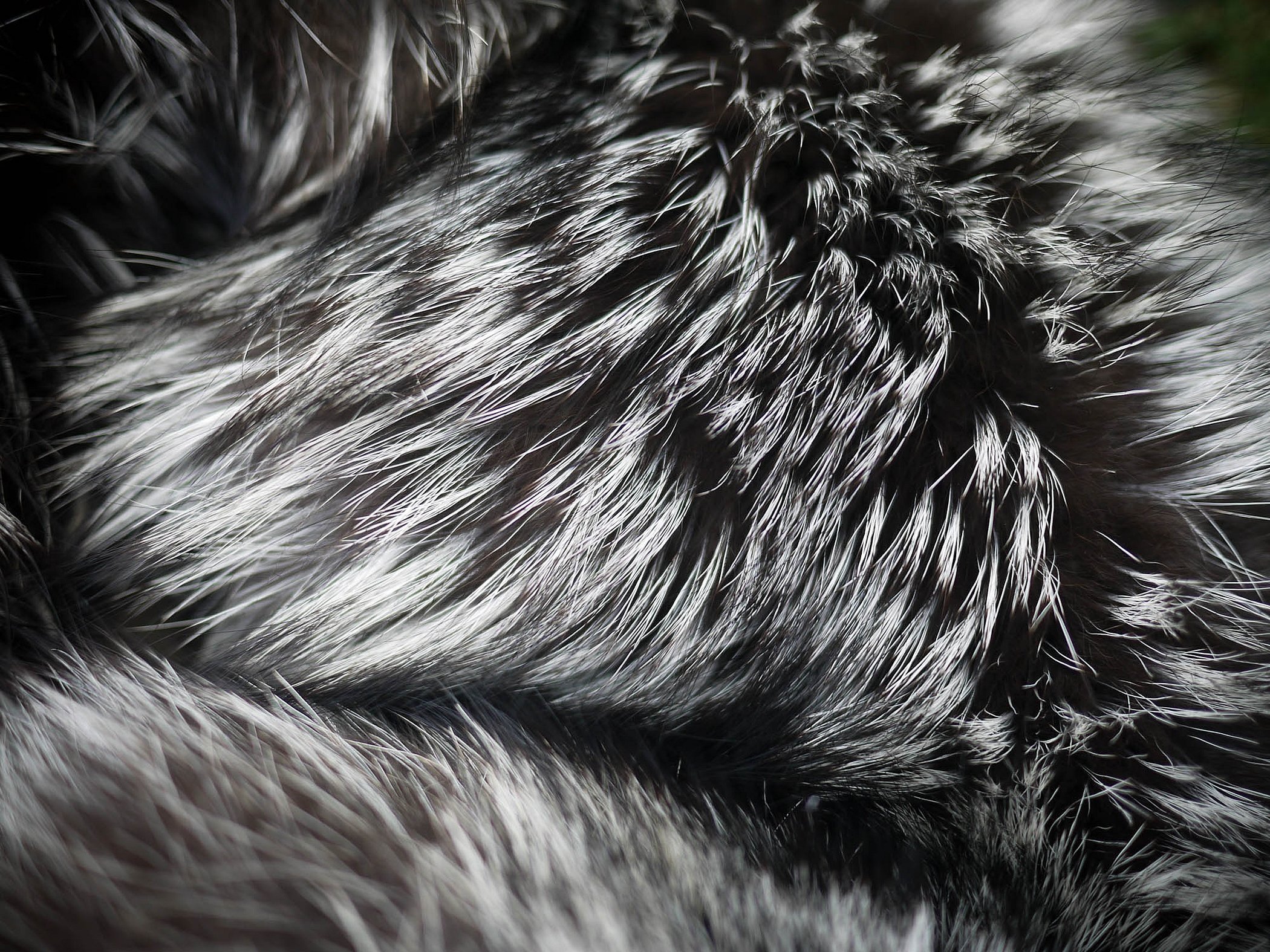
The red fox is the most popular species for making fur coats. The fox that lives in the northern part of Russia has a lighter pelt than the "southerners".
The obvious advantages of fox fur products include:
- service life up to 10 years;
- high wear resistance;
- luxurious view.
Please note! Products made from this fur will suit both plump and thin girls, as well as women of any age.
What kind of fur are sheepskin coats made of?
Sheepskin coats are mainly made from the following types of skins.
Tuscany
These are young lambs of long-wool sheep, which are bred on special farms mainly in the south of the Iberian island in Spain. Due to the dense undercoat, long silky hairs, well-polished outer surface, the sheepskin of the Tuscan lamb is used to sew very warm, but luxurious things.
Merino
This is a skin from a fine-wool sheep called merino. The fur has a dense, strong pile, which is thin fibers with a developed structure. Due to this, the merino skin has amazing healing properties, a good heat regulator. It absorbs excess moisture during sweating and generally has a beneficial effect on the body.
Enterfino
Varieties of this fur are obtained from a coarse-wool type of sheep. The fur, as the name suggests, is stiffer and not like that of merino, and the flesh side, on the contrary, is denser. Therefore, such fur coats are durable, but not very warm.
For your information! When creating outerwear from real fur, not only sheepskin is used, but also other skins.
Kangaroo
A rare skin, it is valued for its soft, thick, tender, pleasant to the body fur. It has a beautiful red color. Kangaroo items are sewn with the fur outside.

These skins, decorated to look like leopard, look beautiful.
Important! Kangaroo leather is light, so it is very popular to sew various sports shoes from it. It is comfortable to work out in it, since your feet will not get tired and sweat.
Marten
The marten is an animal that can be found mainly in the wild. Farmers have learned to breed them, but the process is painstaking and long, and it is not always possible to get high-quality skins at the end. There are only a few of them in zoos, and hunting for these animals is prohibited. At certain times, trapping is allowed and only in limited quantities.
Marten fur has several colors: dark blue, blue, gray, sand. Marten fur is thick and silky, so the products are highly valued on the market.
Beaver
Beaver fur is produced only in Russia and Canada, and each country uses its own technology.
Canadian beaver is more popular. Dressing such skins is a difficult technological procedure, if compared with finishing other skins. In order for the fur to be identical in some parameters of the flesh side (softness, elasticity), it must go through dozens of processing stages, which takes a lot of time.

For your information! There are few beavers in Russia. The pelts are of various finishes because they come from hunters in small quantities.
How to distinguish popular types of fur
When checking a fur coat for a fake, you should be guided by the following three criteria.
- Look at the base of the fur coat. A natural fur coat will have a rough base, not very pleasant to the touch. In artificial fur coats, the base is made of ordinary dense fabric. You can check it with an ordinary needle. It needs to be inserted into the base: if it goes through easily, then the product is artificial.
- Touch the fur coat with your hands. Artificial fur is easy to crush in your hands, folds form on the base of the fur coat, and it does not return to its original form well. With natural fur, everything is the opposite.
- Spread the pile at the base. Knitted weave indicates that the fur coat is artificial. In this case, you can find threads from the product. Natural fur is silky, skin is visible at the root.
Natural fur products labeling system
Fur marking takes into account the following things:
- dressed whole skins and their parts;
- items that are made entirely or partially of fur inside;
- things, the fur of which is attached to the outside and will be part of it.
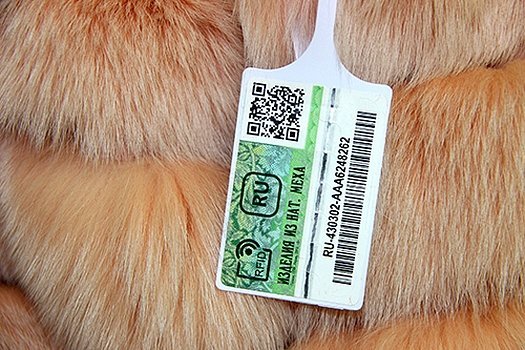
Such designations are not used in the following cases:
- undressed animal skins;
- decorative fur.
There is also no marking on:
- mittens or gloves;
- headwear;
- bags;
- any fur shoes.
How to choose and wear a fur coat made of natural fur
The best choice is by touch. You need to touch the fur coat with your hands, and if it is soft and pleasant to the body, then it is a real product. A bright color does not guarantee that it will not fade over the years. The fur coat should not only be beautiful, but also comfortable to wear.
How to wear
An excellent combination for early spring in weather above 10°C is any turtleneck and a fur jacket or short fur coat.
You can also buy a spring jacket with fur inserts. A jacket with fur sleeves or a hood will look beautiful, to which you can add a beautiful scarf. It can be worn with a dress, and with jeans and spring boots.
Prices for products range from 50 thousand rubles to astronomical sums of several million rubles. Everything depends on the factory where the sewing is done.
For your information! To buy a real quality fur coat, you need to know how to choose it correctly (by touch, necessarily with a fitting, etc.).
It is important to remember that a quality item will cost a lot. If a fox fur coat is offered on the market for 10 thousand rubles, then it is 100% a fake, which, by the way, is easy to distinguish with the naked eye.

